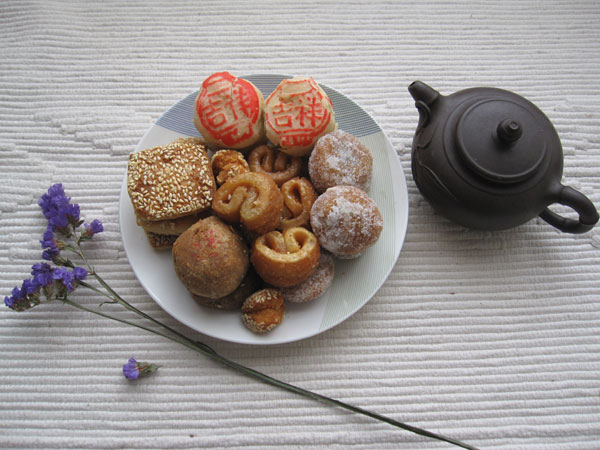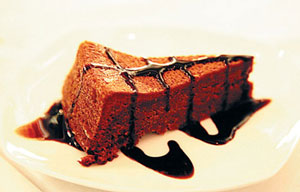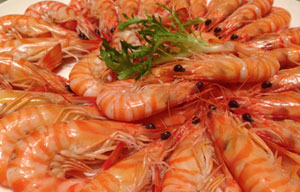Taste of Tianjin
 |
|
Guishunzhai delicacies and Chinese longjing green tea can be combined for a pleasant afternoon tea break. [Photo by Wang Yuke / China Daily] |
 |
|
Guishunzhai, the Hui ethnic pastry store, has several outlets around Tianjin.[Photo by Wang Yuke / China Daily] |
A simple sweet has become a local specialty, Wang Yuke reports.
If your craving for fancy desserts is fading after too many pretty Western pastries, try revitalizing your taste buds with the Tianjin Hui ethnic specialty branded under the name Guishunzhai. While Western pastries may blend butter, cream, cheese, cinnamon and more, Guishunzhai simply employs earthy, grass-roots ingredients: sesame oil, ground white sugar, as well as dates, haw, raisin and flower petals among the flour.
The two humble staples, sesame oil and ground white sugar, reflect both the Hui ethnic people's appetite and their Muslim dietary requirements.
As pastry brands such as Fozoon, Bread Talk and Paris Baguette have become popular in stores, Guishunzhai exists in relative obscurity, for migrants and expats in particular in Tianjin.
The time-honored brand, boasting 80 years of tradition, never takes a short cut in ingredient selection and manufacturing.
If Guishunzhai is new to you, the pungent sesame oil smell and somewhat exotic flavor may be jarring at first, but it's easy to acquire a taste for the ethnic delicacy.
Here are some recommendations from Tianjin locals.
Baipi ("white skin"): A very traditional Guishunzhai
As its name implies, Baipi has a milky colored (but tasteless) skin. On its one flat surface, Chinese characters carrying auspicious meaning are exquisitely inked in red.
One note of caution: Hold or bite the nugget with care or you might disgrace yourself - the sheet like flakes of pastry fall off vigorously.


















